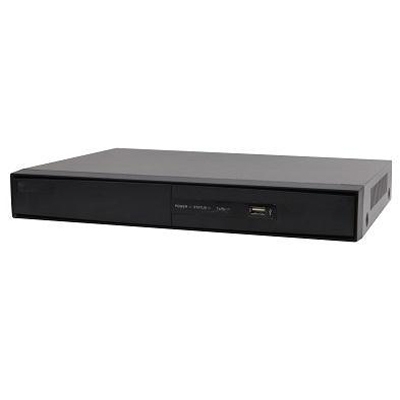Zoox, the globally renowned company in Robotics, Artificial Intelligence (AI) technology and mobility-as-a-service solutions, has revealed the first look of its self-driving, electric and autonomous vehicle built for the rider, not the driver.
The Machine Learning solutions company announced that they are happy to confirm that FLIR Systems will supply them with thermal imaging cameras for their Zoox robotaxi vehicle. FLIR Systems also shared more details on their involvement with Zoox and why this is such an important milestone for autonomous vehicles.
As a sensing technology that performs the complex task of detecting and classifying roadway objects in challenging lighting conditions, thermal cameras add additional layers of safety through increased situational awareness and redundancy as part of complex sensor suites, ranging from radar to LIDAR to visible cameras.
Zoox robotaxi with FLIR thermal cameras
The Zoox robotaxi features FLIR thermal cameras in its bi-directional vehicle for improved visibility
The Zoox robotaxi features FLIR thermal cameras in its bi-directional vehicle, bringing improved visibility to more confidently identify and classify pedestrians, cyclists, and animals in both day and night driving conditions on urban streets, all around the vehicle.
Although thermal imaging is a more recent sensing modality in autonomy, mobility innovators, like Zoox, have come to realise its benefits for improving safety. Thermal imaging is a passive sensing modality that does not require illumination and performs equally well in bright sun glare, headlight glare, and complete darkness, while offering additional awareness in adverse weather conditions such as fog, smoke, rain and snow.
Enhanced safety of ADAS vehicles
In short, by using thermal imaging, ADAS (Advanced Driver-Assist Systems) vehicles can recognise and adapt to these changing conditions quickly and as a result, they can facilitate improvement in the safety across all levels of autonomy, including Automatic Emergency Braking (AEB) systems.
This enhanced level of safety is crucial for all occupants and other road users, especially for pedestrians and bicyclists that can be more difficult to spot in crowded urban environments. This high level of safety will go a long way in helping avoid road injuries or potential fatalities.
A history of thermal imaging and automotive integration
FLIR Systems’ initial foray into thermal imaging technology for automotive use happened over 15 years ago. The video surveillance solutions company has since evolved to create integrated thermal imaging systems that provide additional situational awareness and safety for Advanced Driver-Assist Systems (ADAS) vehicles.
Their state-of-the-art technologies include the development of robust thermal imaging datasets to enable machine vision classification in the infrared spectrum, as part of broader Artificial Intelligence (AI) technology stacks.
Boson thermal camera technology
FLIR Systems is thrilled to see its technology gain wider acceptance as a crucial component of safer mobility
FLIR Systems had also earlier announced its Boson thermal camera technology would be a part of an internationally renowned automaker’s level-four autonomous vehicle (AV) sensor suite through the company long time autonomous vehicle solutions partner, Veoneer.
And now with the introduction of the Zoox autonomous vehicle, FLIR Systems is thrilled to see its technology continue to gain wider acceptance as a crucial component of safer mobility.
Fusing thermal sensor data with radar
Recently, FLIR Systems teamed up with VSI Labs to develop a proof-of-concept vehicle and testing program that looks at how fusing thermal sensor data with radar, a visible sensor data via a trained neural network, can significantly improve pedestrian detection for Automatic Emergency Braking (AEB) systems.
By adding thermal imaging to current sensor suites, the testing showed significant improvement in nighttime and poor visibility scenarios.
Autonomous innovation
Autonomous innovation remains a strategic priority at FLIR, and as the automotive industry continues to evolve and perfect its safety systems, FLIR will play an integral role to support the future of travel.



























